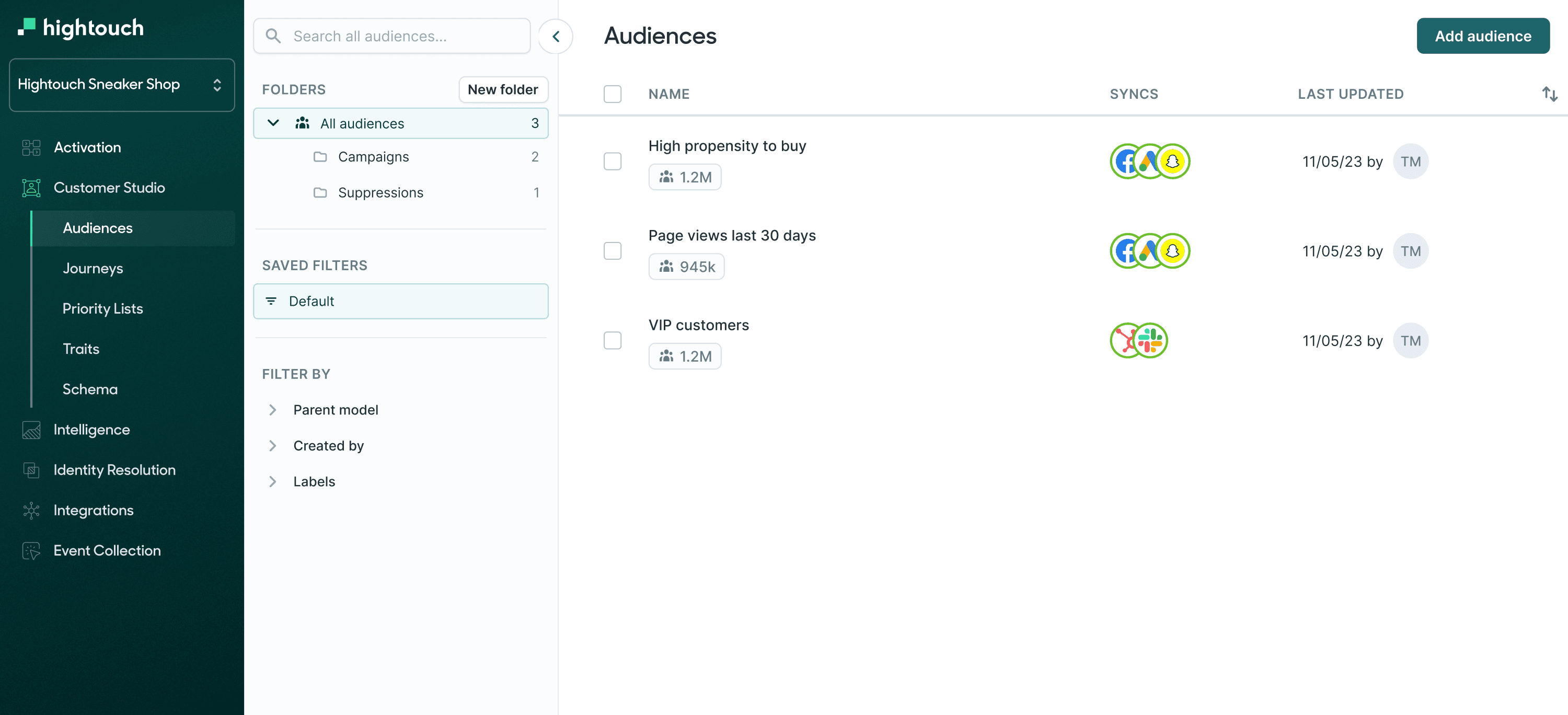SQL LIMIT
What is the SQL LIMIT Clause?
SQL LIMIT is a SQL clause used to restrict the number of rows returned by a query. It is particularly useful when you want to control the size of your result set to avoid excessive data retrieval. The LIMIT clause is often used in conjunction with the SELECT statement.
When to Use SQL LIMIT?
You would use the SQL LIMIT clause when you need to:
- Retrieve only a specific number of rows from a result set.
- Implement pagination for displaying data in chunks.
- Optimize query performance by reducing the amount of data transferred.
Syntax of SQL LIMIT:
The basic syntax for the SQL LIMIT clause is as follows:
SELECT column1, column2, ...
FROM table
LIMIT number_of_rows;
column1, column2, ...: The columns you want to retrieve.table: The table from which you want to retrieve data.LIMIT number_of_rows: The maximum number of rows to return.
Parameter Values:
column1, column2, ...: Column names separated by commas or*to select all columns.table: The name of the table from which data is to be retrieved.number_of_rows: An integer that specifies the maximum number of rows to be returned.
Example Query:
Suppose you have a table named "products" with columns: product_id, product_name, price, and category. To select the first three products in the "Electronics" category, you would use the following query:
SELECT product_name, price
FROM products
WHERE category = 'Electronics'
LIMIT 3;
Example Table Response:
Assuming the "products" table contains the following data:
| product_id | product_name | price | category |
|---|---|---|---|
| 1 | Laptop | 800 | Electronics |
| 2 | Smartphone | 600 | Electronics |
| 3 | TV | 900 | Electronics |
| 4 | Refrigerator | 1200 | Appliances |
| 5 | Microwave | 150 | Appliances |
The result of the query would be:
| product_name | price |
|---|---|
| Laptop | 800 |
| Smartphone | 600 |
| TV | 900 |
Use Cases:
SQL LIMIT is valuable in various situations, including:
- Implementing pagination in web applications to display a limited number of results per page.
- Reducing the load on the database by fetching only the necessary data.
- Quickly retrieving a sample of data for testing or analysis.
- Controlling the size of query results to prevent excessive memory usage.
SQL LIMIT in Different SQL Languages:
The SQL LIMIT clause is not universal, and its usage may vary between different SQL database systems. Here are some examples of similar clauses in popular SQL languages:
- MySQL, PostgreSQL, SQLite: Use
LIMIT. - Oracle Database: Use
ROWNUMwith a subquery. - Microsoft SQL Server (T-SQL): Use
TOP.
The specific syntax and behavior of LIMIT-like clauses can differ, so be sure to consult the documentation for your database system to use the appropriate syntax.
